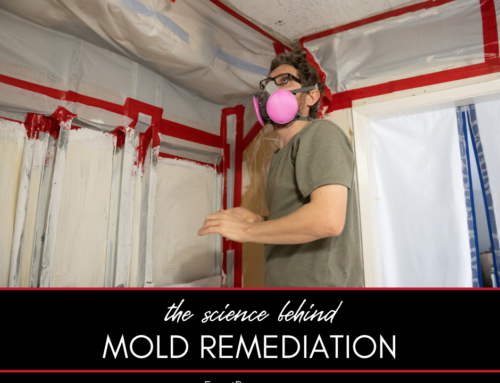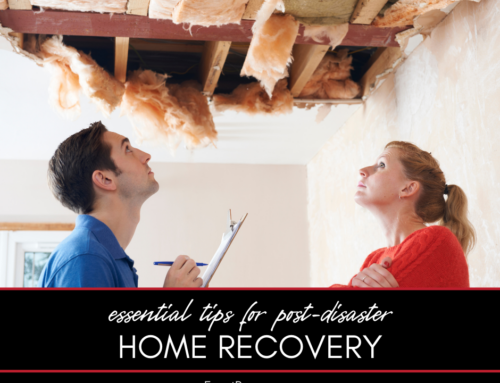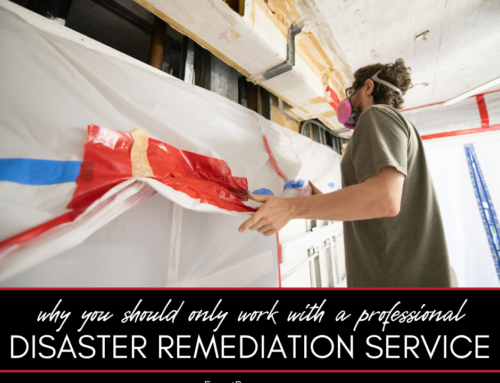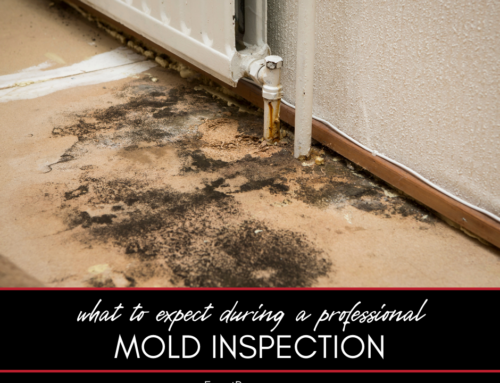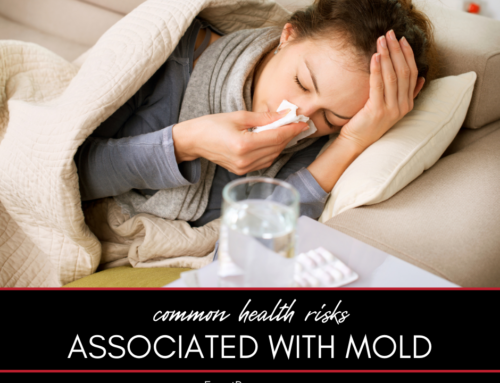Dealing with mold in your home can be a tricky task. Not only does mold damage the structure of your home, but it can also pose serious health risks. Understanding effective strategies for mold remediation and preventive measures can be crucial in maintaining a safe, healthy living environment.
Mold Remediation Effective Strategies and Preventive Measures: A Comprehensive Guide
This guide offers a deep dive into effective strategies for mold remediation and preventive measures to help you deal with a mold problem in the best way possible.
We’ll be exploring the following topics:
- Understanding Mold
- Signs of Mold Infestation
- Professional Mold Remediation
- Preventive Measures
- Post-Remediation Care
Here’s a closer look at each.
Understanding Mold
Mold is a type of fungus that thrives in moist environments. It can grow on almost any material, including wood, carpet, and insulation. Understanding what mold is and how it grows is the first step in dealing with a mold problem.
Related: Rebuilding your Michigan home after storm damage
Signs of Mold Infestation
Visible mold growth and a musty odor are clear signs of a mold problem. Other signs might include discoloration on walls or ceilings, condensation, and health issues like allergies or respiratory problems.
Professional Mold Remediation
Professional mold remediation involves a thorough process that includes assessing the extent of mold infestation, containing and removing the mold, cleaning and sanitizing the affected area, and restoring your home to its original condition.
Preventive Measures
Preventing mold growth involves controlling moisture in your home. This can be achieved through proper ventilation, prompt repair of leaks, and maintaining a good indoor humidity level.
Related: How to identify and prevent mold growth in your home
Post-Remediation Care
After remediation, it’s important to continue monitoring your home for any signs of mold growth. Regular cleaning, especially in areas prone to moisture, is also critical to prevent mold recurrence.
FAQ About Mold Remediation Effective Strategies and Preventive Measures
Here are some frequently asked questions about mold remediation effective strategies and preventive measures. If you don’t see the answers you’re looking for here, please call our office. We’re here to help.
What conditions favor mold growth?
Mold thrives in moist, warm conditions, especially in areas with poor ventilation or water damage.
What are some common signs of mold infestation?
Visible mold, a musty smell, discoloration on walls or ceilings, condensation, and health issues like allergies or respiratory problems are common signs.
Related: Why DIY mold remediation can do more harm than good
How do professionals remediate mold?
Professionals use a systematic process that includes assessing the mold infestation, containing and removing the mold, cleaning and sanitizing the affected area, and restoring your home.
How can I prevent mold growth in my home?
Controlling moisture in your home through proper ventilation, prompt repair of leaks, and maintaining a good indoor humidity level can help prevent mold growth.
Related: The benefits of working with a local restoration company
What should I do after mold remediation?
Continue monitoring your home for signs of mold, and maintain regular cleaning, especially in areas prone to moisture, to prevent mold recurrence.
Dealing with mold effectively requires understanding what it is, how to spot it, and how to eradicate it. With the right remediation strategies and preventive measures, you can maintain a safe, healthy living environment.
Do You Need a Disaster Remediation Expert in Washtenaw County or Jackson County?
If your home has already been damaged, we can help. Check out our services and call Exact Recon for your free disaster remediation quote today. We offer:


